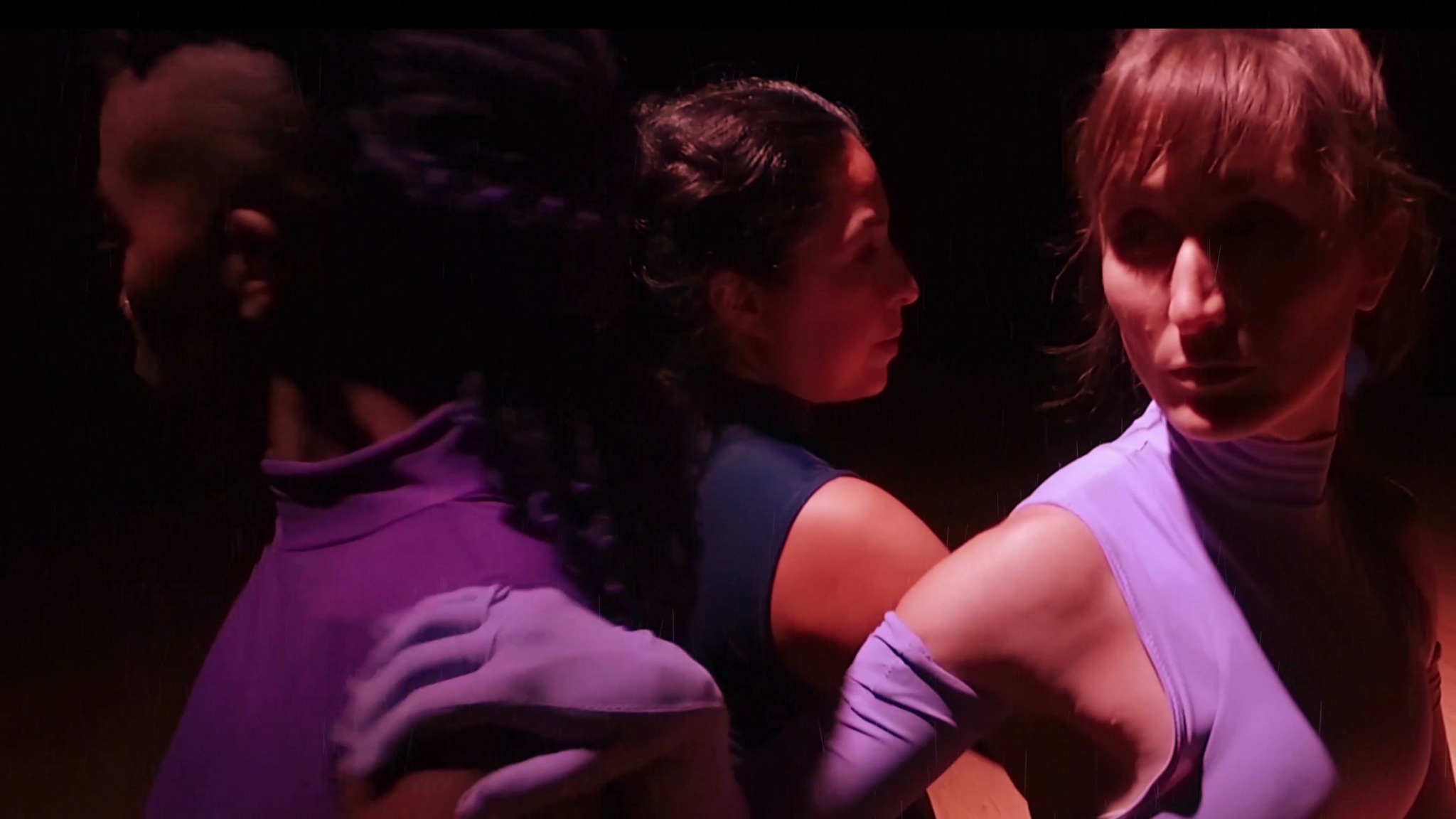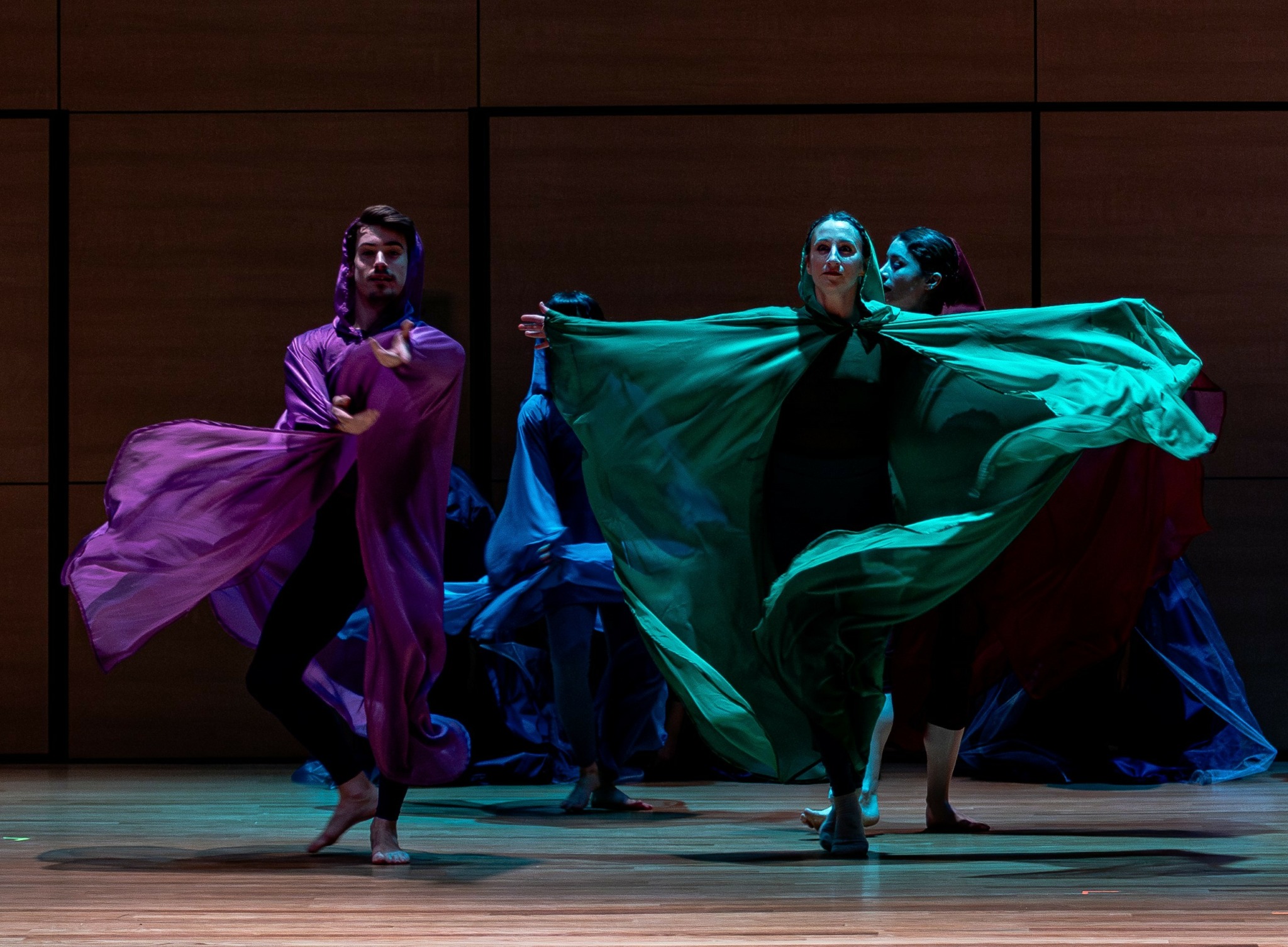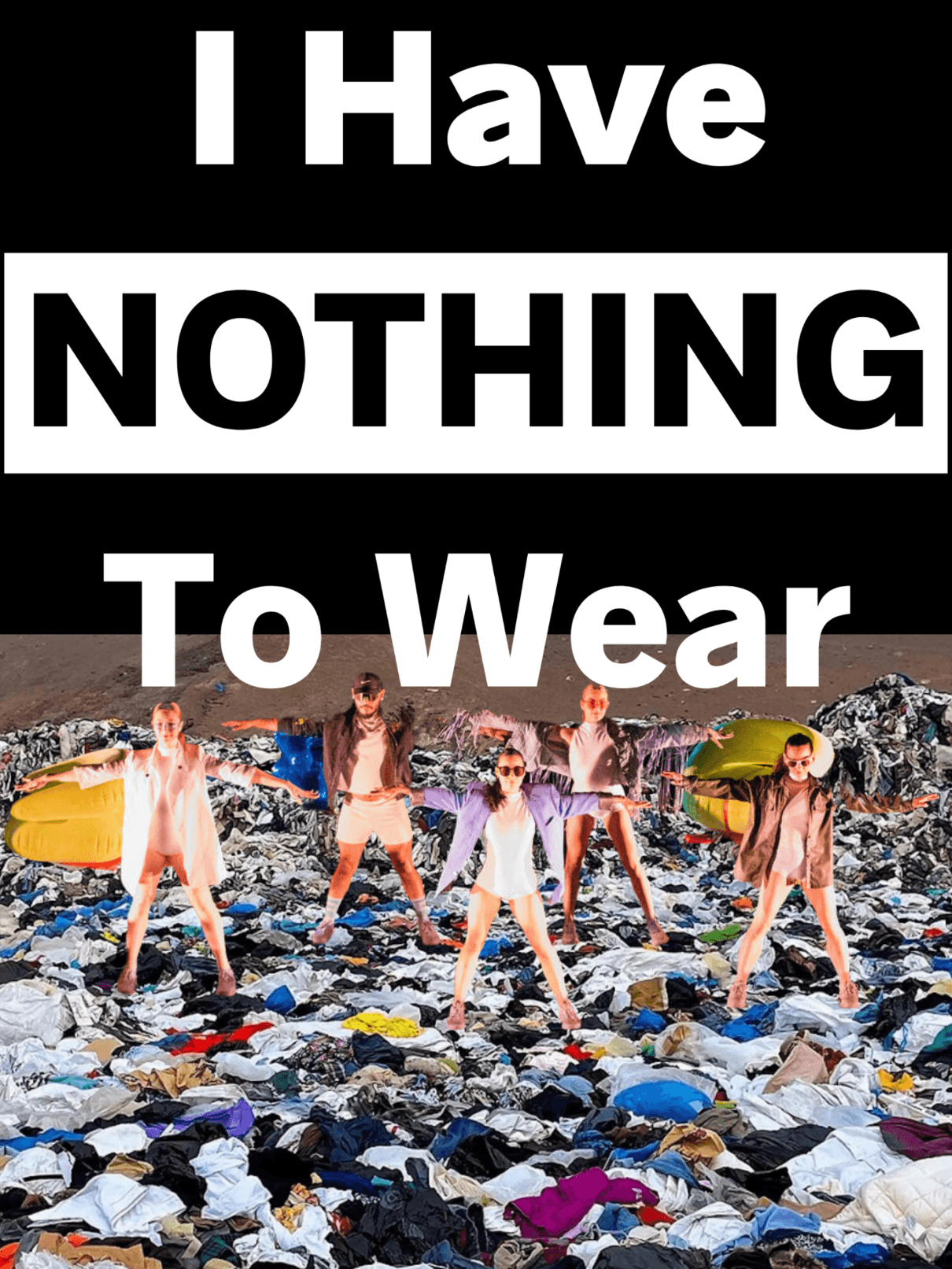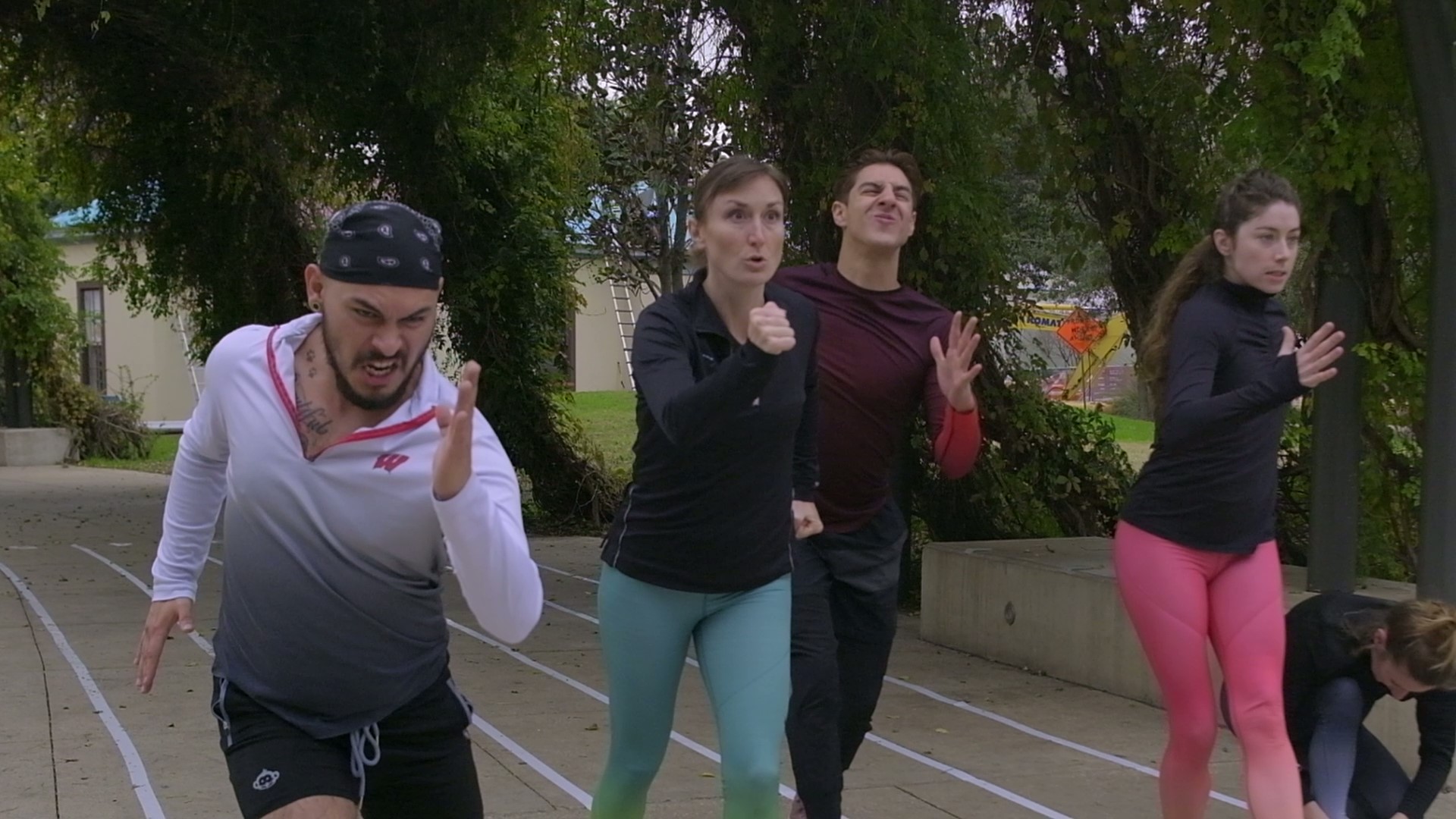We were lucky to catch up with Violeta De Leon Davila recently and have shared our conversation below.
Violeta, thanks for joining us, excited to have you contributing your stories and insights. Can you talk to us about a project that’s meant a lot to you?
One of the most meaningful projects I’ve created is my contemporary dance film, They Taught You Wrong: Metanoia – A Transformative Change. This work came to life at a moment when both my personal and artistic identity were shifting—during the early months of the pandemic, after years of putting my choreographic career on hold to raise two young children and adjust to life in the United States after immigrating from Mexico.
For more than a decade, I was disconnected from my own creative voice. Teaching was my only link to dance—I wasn’t choreographing, performing, or making new work. Once my family and I settled in San Antonio, I slowly began rebuilding my career from scratch, joining a local nonprofit dance organization and starting to teach again. When I received the Luminaria Artist Foundation grant in 2020, it became more than just a funding opportunity—it was a spark that reignited my artistic path.
At the time, I was part of an online community of over 6,000 Mexican mothers, and week after week, I saw heartbreaking posts about missing women, femicide, and domestic violence. I felt overwhelmed and helpless. I knew I didn’t want to depict the violence itself—I wanted to use contemporary dance to offer something different: a message of transformation, resilience, and hope.
The word Metanoia means a deep, internal shift—a transformative change of heart and mind. That became the foundation of the film’s concept: unlearning harmful cultural lessons passed down to women and reclaiming our right to evolve. Created during the height of isolation, the project offered me a way back to my craft—and a way forward as an advocate through art. It premiered as part of Luminaria 2021, where I was honored to be featured as one of the festival’s artists, and it has since been screened at festivals and cultural institutions, including the Mexican Cultural Institute.
This piece represents the moment I reclaimed my voice as a contemporary choreographer. and brought everything full circle: my belief in dance as a tool for advocacy, my personal history, and my passion for empowering others. It reminded me that art can be healing, communal, and profoundly transformative—and that it can grow even in the most unexpected seasons of life.


Awesome – so before we get into the rest of our questions, can you briefly introduce yourself to our readers.
I’m Violeta De Leon Davila, a contemporary dance artist, choreographer, educator, and arts coordinator originally from Monterrey, Mexico and now based in San Antonio, Texas. I hold degrees in both Contemporary Dance and International Relations, and after pausing my artistic career to raise my children and navigate moving to another country, I’ve spent the last several years rebuilding a multifaceted career in dance—one that integrates choreography, advocacy, education, and arts leadership.
I create contemporary dance works that are grounded in movement research, personal narrative, and social relevance. My projects take shape as live performances, dance films, participatory installations, and interdisciplinary collaborations with composers, filmmakers, and visual artists. I also design and coordinate festivals, youth matinees, and community engagement events through my work with nonprofit organizations like San Antonio Dance.
One of my biggest challenges—and the one I’ve committed myself to addressing—is the undervaluation of dance, particularly contemporary dance. My mission is to elevate dance to the status it deserves: as a legitimate, impactful fine art form and a viable, fulfilling career path. I work to shift cultural and institutional perceptions by advocating for better wages, greater representation, and more inclusion of dance in public art and education policy. I also strive to help audiences and institutions recognize the value of movement as a tool for connection, critical thinking, and creative expression.
What sets me apart is my ability to connect seemingly unrelated fields—art, education, advocacy, and policy—and use that to create meaningful, sustainable projects. My work is artistically driven but also rooted in strategy and service.
For example, my dance film They Taught You Wrong: Metanoia addresses the cultural underpinnings of domestic violence in Mexico and has been screened at multiple film festivals and universities. Another project, Final Destination: Atacama Desert, was a choreographic response to the environmental crisis of fast fashion, premiered at the San Antonio Dance Festival’s Grand Performance, and used dance to prompt reflection on global consumption habits.
I’m most proud of the way my work builds bridges—between art and community, tradition and innovation, Mexico and the U.S., and between artists and the systems that support them. I want potential collaborators, supporters, and audiences to know that everything I create is rooted in a belief in dance as a vital, transformative force. Whether I’m choreographing, mentoring, or building a festival, my work is about bringing people into deeper connection with movement, with each other, and with the world around them.


How can we best help foster a strong, supportive environment for artists and creatives?
Society can support artists by understanding that the arts are not just nice to have—they are essential. Art helps shape who we are, brings people together, and plays an important role in education and mental health. But it’s not enough to just appreciate art—we need to take action.
This means giving all art forms, including contemporary dance, the funding and support they need to grow. Dance is often overlooked, even though it brings real value to schools, healthcare, and our communities. With the right investment, dance and other art forms can truly thrive and make a bigger impact.
Society can also support artists by simply showing up. Attending dance events, watching a dance film, sharing a performance on social media, or donating to a local arts organization—these small actions create a ripple effect. Exposure and participation help build audiences, shift perceptions, and sustain artistic ecosystems.
We must also nurture the next generation’s relationship with the arts. Exposing children to performances, encouraging creative exploration in schools, and making dance accessible across communities are long-term investments in cultural vitality.
Finally, supporting artists means dignifying our labor. Dancers and choreographers deserve fair wages, proper facilities, and respect for the hours of training, rehearsal, and preparation our work demands. A successful performance requires much more than talent—it needs safe floors, warm-up spaces, and time. We must stop asking artists to create under unfavorable conditions.
Through my ‘Pledge for Dance’ campaign, I invite people to commit—however they can—to supporting dance. Whether through advocacy, attendance, or funding, your engagement matters.
Ultimately, what art offers us—connection, healing, expression—is not always tangible or measurable, but its impact is undeniable. A thriving creative ecosystem begins when we collectively choose to value and invest in the arts as a vital part of our society.


What do you think is the goal or mission that drives your creative journey?
Yes—my mission is to make contemporary dance visible, valued, and viable. I want to help it claim its rightful place as a meaningful and respected art form within our communities, our cultural policies, and our daily lives.
As a choreographer, educator, and advocate, I’m passionate about using dance to reflect, question, and transform.
Contemporary dance, to me, is more than movement—it’s a mirror and a provocation. It’s an ever-evolving language that reflects the complexity of life itself. Sometimes it’s mysterious or hard to grasp—and that’s part of the beauty. We often seek comfort in routine and clarity, but contemporary dance challenges that. It invites us to feel before we understand, to sit with ambiguity, and to be open to the unexpected. That’s what makes it so alive. As an artist, I don’t want to offer just answers—I want to invite people on a journey of discovery, letting the work take them wherever it needs to go.
As a Mexican artist living in San Antonio, I also carry a strong desire to bridge cultures and to show how movement holds memory, identity, and resistance. Whether I’m developing a dance film about domestic violence, choreographing for a public art program, or mentoring young dancers, I see dance as a way to tell stories that matter and open doors for others.
At the heart of it all, I want to make dance sustainable—not just artistically, but professionally. That means advocating for fair wages, better infrastructure, and stronger pathways for dancers to build lasting careers. My current master’s thesis—focused on what needs to happen for contemporary dance to thrive in San Antonio—is a direct extension of that mission. Every piece I create, teach, or present is part of that larger goal: to help dance take root and flourish in the world around us.
Contact Info:
- Website: https://events.getcreativesanantonio.com/artist/violeta-de-leon-davila/
- Instagram: https://www.instagram.com/violetadeleondavila/
- Facebook: https://www.facebook.com/violeta.deleon/
- Linkedin: https://www.linkedin.com/in/violetadeleondavila/
- Youtube: https://youtube.com/@violetadeleondavila
- Other: Portfolio: https://heyzine.com/flip-book/76d177e1de.html


Image Credits
Photos #3 & #4 “Sergei Prokofiev’s Visions fugitives, choreographed by Violeta De Leon Davila. Photo by Nain Leon. International Arts Festival 2024, Diane Bennack Concert Hall, University of the Incarnate Word
Photos #2 and #6 Artistic Pixels


